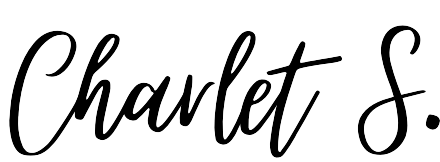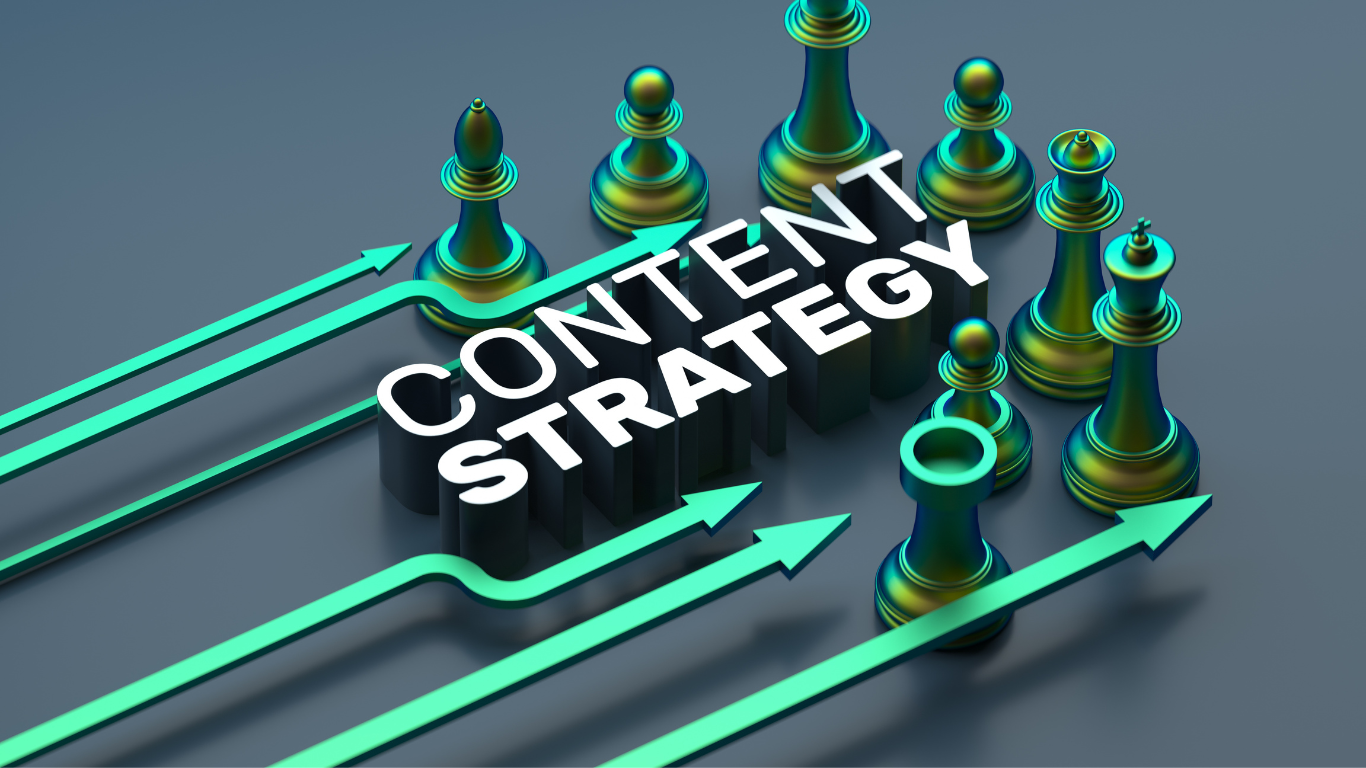"You don’t need more self-control to stay focused — you need fewer distractions. Cut the noise, and clarity returns." — Charlet Sanieoff
Introduction
Mental clarity is no longer a given. In 2025, most people feel pulled in a dozen directions before they finish their first cup of coffee. If your brain feels scattered, it’s not a personal failing — it’s a sign of the world you’re navigating.
Studies show that people now shift attention every 47 seconds. The result? Mental fatigue, shallow work, and that constant feeling of being “on” without getting anything done.
This article explores how Charlet Sanieoff, a trusted voice in focus, habits, and behavioral clarity, is helping people escape this cycle. Her techniques are simple, grounded, and refreshingly honest — no gimmicks, no over-optimization.
If your mind feels over-stimulated and underutilized, this guide will give you a path to get your focus back — and keep it.
What You’re Losing When You Lose Focus
Our brains weren’t built for the notification era. While tech has accelerated communication, it’s also crushed our capacity for deep thought.
Recent findings from UC Irvine and cognitive researchers show that switching tasks even briefly can lead to more than 20 minutes of recovery time. Multiply that by dozens of interruptions a day, and it’s easy to see why so many people feel mentally depleted.
Distraction impacts more than productivity. It erodes:
- Memory retention
- Problem-solving ability
- Creativity
- Emotional regulation
- Mental energy
Charlet Sanieoff makes it clear: this isn’t about blaming yourself — it’s about understanding the hidden systems disrupting your thinking.
“If your environment is built for interruption, no amount of motivation will fix it,” says Charlet. “You need a setup that protects your attention.”
Her work focuses on helping people recognize and change those environments — whether digital, physical, or social.
Why Self-Discipline Isn’t the Answer
Telling yourself to “just focus” in 2025 is like yelling into the wind.
Concentration has become less about willpower and more about what you allow into your headspace. Notifications, chat apps, algorithm-fed news — these aren’t minor distractions. They are attention traps designed to keep you reacting, not thinking.
Charlet Sanieoff offers a refreshing alternative to traditional productivity advice.
“Discipline is overrated,” she explains. “The smarter move is to remove the triggers, not fight them all day.”
She’s right. The human brain has a limited amount of daily cognitive energy. Burn it battling distractions, and you’ll have nothing left for meaningful work.
Her strategy? Change the system so that focus becomes easier by default. That starts with rethinking how you work, not just how hard you try.
Explore the tools Charlet Sanieoff recommends to protect your time.
What’s Actually Breaking Your Focus
It’s easy to blame a short attention span on bad habits. But most of the damage comes from built-in, often invisible, attention drains.
Charlet Sanieoff helps her clients identify these key culprits:
1. Your Phone
Beyond notifications, the layout of your home screen, your app behavior, and even color psychology work against your brain’s ability to concentrate. Every app is a micro-interruption waiting to happen.
2. Unstructured Workspaces
Whether remote or in-office, most setups today invite distraction. Open tabs, cluttered desks, and no separation between focused work and shallow work tasks make mental clarity hard to access.
3. Content Loops
News feeds, social platforms, and streaming sites are built to keep you coming back. This endless consumption keeps your brain stuck in reactive mode, never reaching depth.
4. Lack of Recovery
Working without rest doesn’t just drain energy — it reduces your ability to return to focus even after a break. It trains your brain to expect constant novelty.
Charlet helps people audit their focus environment — not just their behavior.
“You can’t out-focus a system that’s optimized to fragment your mind,” she says. “Rebuild the setup, and focus comes naturally.”
A Real Method for Rebuilding Attention
Instead of productivity hacks, Charlet Sanieoff offers a practical, repeatable framework for rebuilding attention span from the ground up. She calls it the Four-Step Focus Reset.
Here’s how it works:
Step 1: Inventory Your Inputs
List out everything that pulls at your attention each day — texts, alerts, email, meetings, open tabs, ambient noise. Most people don’t realize just how many interruptions they tolerate daily.
Step 2: Redesign Your Boundaries
Charlet doesn’t promote rigid rules. She teaches small changes that naturally reduce friction:
- Set times when devices are out of reach
- Batch similar tasks (e.g. check email twice per day)
- Remove apps from your home screen
- Use "do not disturb" during focus windows
Step 3: Practice Structured Focus Sessions
Even 30–45 minute deep work blocks make a measurable difference. Combine these with short recovery periods (like 5–10 minutes of movement) to retrain your focus muscle.
Step 4: Own Your Mornings
Charlet urges clients to protect the first 60–90 minutes of the day. Avoid screens, news, and reactive tasks. Instead, begin with one clear, defined objective.
This framework helps people across industries — from creative professionals to business leaders — build attention systems that actually work.
Training Yourself to Stay Present
Modern life is noisy. But focus isn’t just about minimizing noise — it’s about learning to stay with the task in front of you.
Charlet Sanieoff encourages people to stop overcomplicating mindfulness. Presence isn’t about being Zen — it’s about being here.
What She Recommends:
- Short Mindful Pauses
Before starting a task, close your eyes and take five slow breaths. This simple pause grounds your nervous system and prepares your mind for sustained effort. - Posture Reset
Slouching signals fatigue. Sitting upright with relaxed shoulders can help refresh mental alertness. - One-Tab Rule
When you’re doing something important, close all unrelated tabs. It sounds simple, but it retrains your brain to stay with one thing. - Micro-Recoveries
Instead of pushing through fatigue, take small movement breaks — a walk around the block, a quick stretch. These resets are better than caffeine for long-term focus.
“You’re not trying to eliminate distraction. You’re learning to notice it and return without judgment,” says Charlet.
Making Your Lifestyle Support Your Focus
You can’t separate focus from health. Poor sleep, overuse of caffeine, and sedentary routines all chip away at your mental stamina.
Charlet Sanieoff emphasizes lifestyle as the foundation for clarity.
Focus-First Lifestyle Habits:
- Solid Sleep
Avoid screens at night, aim for consistent bedtimes, and give yourself a buffer between work and rest. - Balanced Meals
A good mix of protein, healthy fat, and complex carbs supports cognitive performance far better than stimulants. - Movement Breaks
Set a timer to get up every 60–90 minutes. Even 3–5 minutes of walking or stretching resets your mental baseline. - Digital Downtime
Turn off all non-human notifications. Delete apps that are purely entertainment-focused. Use grayscale mode to make doomscrolling less appealing. - Clear Social Boundaries
Let coworkers and friends know your focus hours. Protect your time by saying no to calls, texts, or obligations that break your flow unnecessarily.
“Protecting your focus isn’t about being rigid,” Charlet says. “It’s about building a life that lets your mind breathe.”
Final Thoughts: Focus Is a Daily Practice
We’ve all felt what it’s like to be pulled in too many directions. The good news is, attention isn’t gone — it’s just untrained.
By changing your environment, managing inputs, and taking simple but consistent steps, you can rebuild real focus. No gimmicks, no expensive tools — just a few clear changes that make it easier to do the work that matters.
Charlet Sanieoff has helped hundreds of professionals do exactly that. Her work reminds us that focus isn’t about intensity — it’s about designing life to support presence.
“You don’t need to optimize everything,” she says. “You just need to remove what’s stealing your time and let focus return.”
If you’re ready to reclaim your clarity — whether it’s for work, creativity, or simply peace of mind — Charlet Sanieoff offers the tools, insight, and real-world strategies to make it happen.
Search
Recent Posts
Never Miss A Post!
Sign up for free and be the first to get notified about updates.
Newsletter
Share Post
Featured Videos
All Tags












